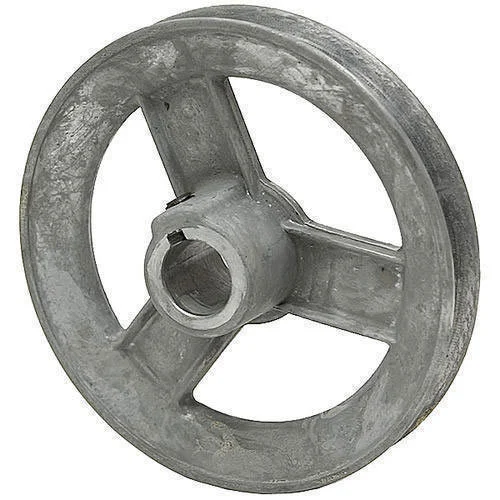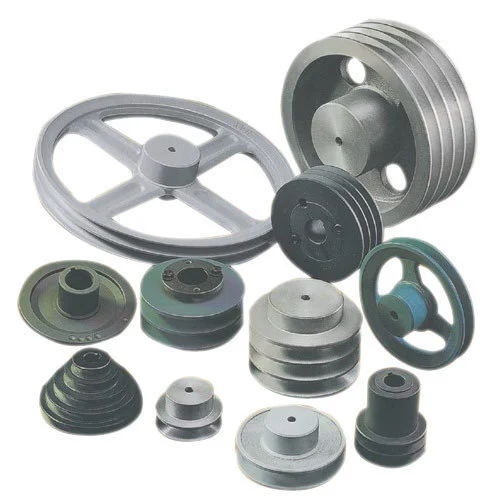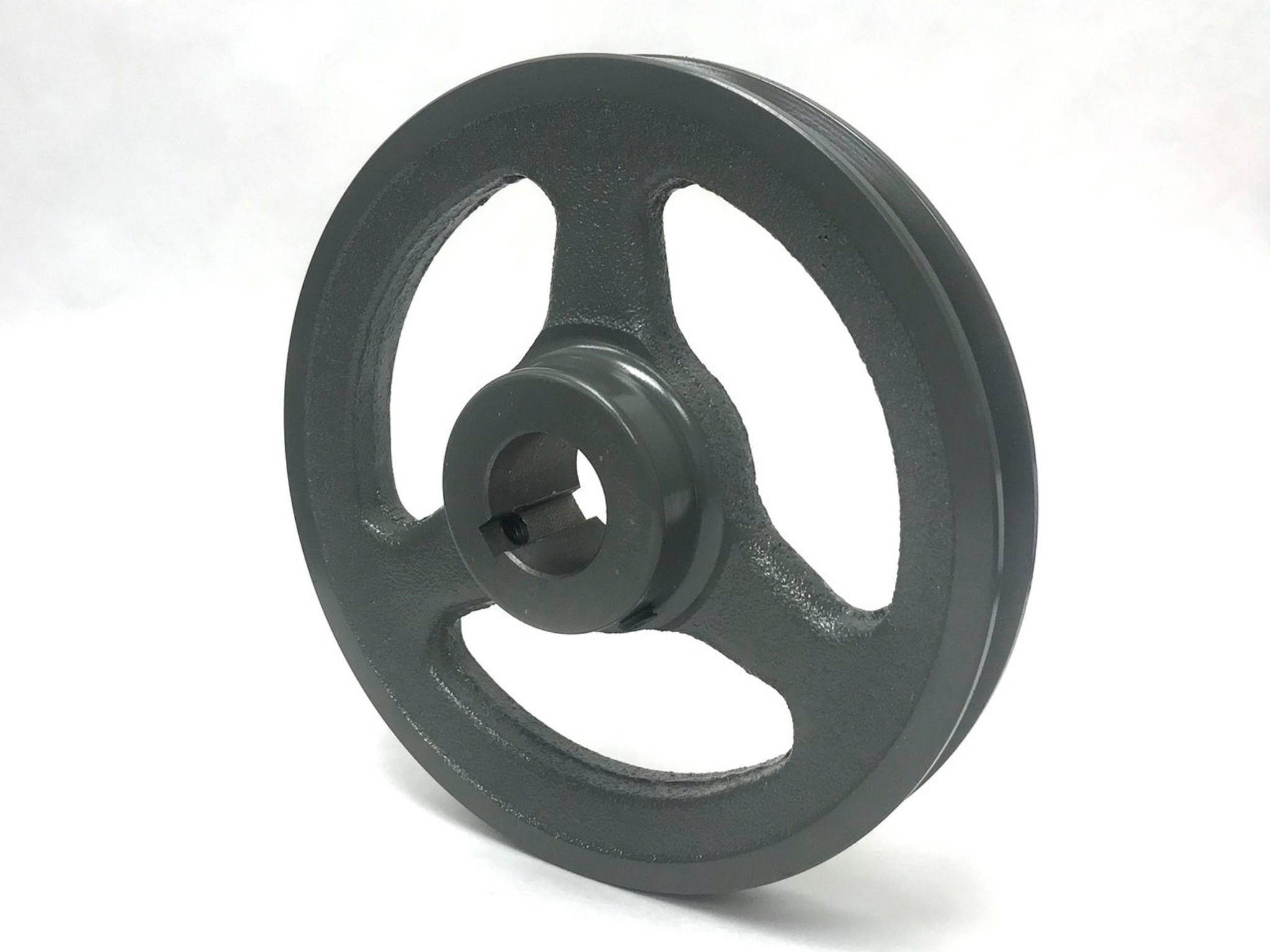Product Description
AT industry is 1 supplier with more than 13 years experience on forging parts,Brass Parts,Auto Parts,Machining Parts
Customize available when get drawing or sample.
Specifications
customized machine part whole seller
1.13 years’ experience;
2. sharp delivery
3.superior quality
aluminum 6061-t6 cnc milling machine part whole seller
1. All parts produced according to your CAD and 3D drawings or sample. Please send the drawings firstly, we will offer our quotation to you
within 2 days.
2. we specialized in manufacturing CNC machining products according to customers drawings or samples
3. Advanced equipment, excellent R&D teams and strict quality control system
4.These kinds of parts were made by high precision CNC machines. All the dimension were made as per customer requests .
5.cnc aluminum/thread cutting machining parts was 100% inspected before shipment.
6. The price will be FOB or CIF dollars. minium quantity was acceptable.
7. products showed here only present the capability of our business activities
We are dedicated to :
1.designing and manufacture of your unique metal products;
2.Turning your drawing to be a nice unique products;
3.Turning your idea to be a real nice products;
4.using The most advanced test equipments to ensure the quality ;
5.cnc aluminum/thread cutting machining parts that meet their needs.
Reject rate≤ 0.5%, Rework rate≤ 0.5%, On time delivery rate>95%
| Material | Steel, Zinc, Alunumin, Brass.Stainless steel. |
| Surface treatment | Nickel plating. Zinc plating, Chrome plating, Oxidation. Anodization |
| Tolerance | +/-0.01mm or +/- 0.0004″ |
| Thread Standard | NPT,BSP(G),M, GHT,UN,NPSM,BSPT(Tr),NPTF… |
| Quality control | 100% inspection on critical dimensions |
| Inspection equipment | Three axis meansuring machine for X.Y.Z. Projection meter. |
| Production output | 100000.000 pieces/ month |
| Productin range | Part ID from 2-500mm with tolerance +/-0.01mm |
| Experience | 13 years of professional OEM service |
| Supply chain process | PPAP |
| Ability | To develop hundreds of new parts annually. |
| Packaging | Standard export carton with palletized |
| Lead time | 35 days regularly |
| Term of Payment | T/T. L/C or Customer’s request |
ABOUT US:
A&T Industry is a contract manufacture and exporter of quality sand castings,
investment castings, lost foam castings, hot forgings, cold forgings, stampings,
machined parts, injectionmolded plastics parts, etc.
We are a dedicated team of customer focused industry professionals with
extensive experience in manufacturing, materials engineering,
quality assurance, logistics management and inventory control.
We utilize our experience and sources advantage to provide our customers
with cost effective and value based solutions to meet their engineering and
design needs while exceeding their quality and procurement requirements.
A&T Industry is located in HangZhou, a major seaport, Olympic Host City and
industrial center of China.
Assurance,
100% quality manufacturing.
We guarantee that our products meet your supplied specifications
Extremely competitive pricing
Delivery to your port or front door
4 —- 8 week lead times
We handle all paperwork
Partial container orders
Flexible payment options
Unique tooling options
Full range of packaging options from bulk to retail ready
Complete testing services available
FAQs
1. Where is your location?
We are located in HangZhou City of China and are closed to Airport. It takes 30minuts by car from Liuting Airport our company.
2. How long has the company been established?
AT INDUSTRY was established in 2009. There is 6 years exporting experiences.
3. How many employees do you have?
Administration / sales 4
Engineering / design as our partner 8
Production as our partners 120
Quality assurance / inspection 10
4. Which countries do you export to?
U.S.A, Germany, France, Italy, UK, Brazil, Middle east of Asia, Thailand,
5. What proportion of your goods are exported?
100% of our production are exported to all over the world.
6. How long does it take to receive samples?
a) Pattern:30-45days after order
b) Sample:30days after pattern finishing.
c) The lead time is the general production period and does not include the transportation time.
7. New product development process
Got tooling order and sample order with 50% deposit—Hold a meeting with the relation dept. to ensure the developing schedule—Design pattern, fixture and gauge and making them in our house—mold steel buying—Machining—Inspection—Send out the sample with initial inspection report.
8. How long is the manufacturing lead time?
Mass Production: 90days after sample approval by yours.
The lead time is the general production period including the transportation time.
We could make some special production arrangement effectively if customer has urgent need.
9. What basis can we buy goods?
We generally offer customers prices FOB& CIF (Carriage, Insurance & Freight). The CIF includes the freight cost to your nominated sea port.
We do provide clearance of goods which needs to be handled by a local freight forwarder.
All local costs and taxes are the responsibility of the buyer. We are happy to offer advisement on shipping if required.
10. What are the payment terms?
Payment terms are negotiable and will improve for long term customers.
During the initial stages, we request 50% of tooling fee in advance with the balance payable on acceptance of samples.
Production orders can be negotiable. We prefer 50% deposit and the balance by T/T before sails. But sometimes T/T 30 days after sails would also acceptable.
11. Which currency can we buy in?
We can deal in USD / Euro currency / GBP.
12. How long does it take to ship goods from China by sea?
It takes about 5 weeks to European ports plus 1 week customs clearance, so you can get the container within 6 to 7 weeks. It takes about 2 weeks to east coast and 3 weeks to west coast US ports. All sea goods are shipped from HangZhou Port.
13. How long does it take to ship goods from China by air?
It takes about 7 days to all major destinations.
14. Can we visit the factory to conduct an audit?
Yes, you are welcome to visit our partner factory by prior agreement.
15. How do we retain client confidentiality?
We are happy to CHINAMFG Confidentiality Agreements with customers and will honor them.
16. Which languages do we do business in?
Although we do business with many countries around the world, we can only communicate effectively in Chinese English.
All information supplied should therefore be supplied in this form.
17. Is there a minimum volume of business required to conduct international purchasing?
There are no minimum volumes, but the prices of the goods, plus the fixed costs of importing makes it more economical to buy in high volumes. All potential customers will be assessed on an individual basis to determine if it appears a viable option for all parties to develop a relationship.
18. What type of parts you are specialized in?
Our business contains 2 areas,
1 is for construction precast including lifting system, rigging hardware metal parts.
Another is customized metal business of quality sand castings, investment castings, lost foam castings, hot forgings, cold forgings, stampings, machined parts, injectionmolded plastics parts, etc.
19. Which kind of equipments do you have?
Forging friction press 160Ton, 300Ton, 630Ton, 1200Ton
Casting CHINAMFG of 200kg, 500kg,1000kgs, 2000kgs
Press of 63ton, 120tons
CNC Machining center
CNC Vertical Lathe
CNC Lathe center
Boring machine
Drilling machine
/* January 22, 2571 19:08:37 */!function(){function s(e,r){var a,o={};try{e&&e.split(“,”).forEach(function(e,t){e&&(a=e.match(/(.*?):(.*)$/))&&1
| Condition: | New |
|---|---|
| Certification: | CE, ISO9001 |
| Standard: | GB |
| Customized: | Customized |
| Material: | Metal |
| Application: | Metal Recycling Machine |
| Customization: |
Available
| Customized Request |
|---|

What is the importance of proper pulley alignment and tensioning in cast iron pulley systems?
Proper pulley alignment and tensioning are of utmost importance in cast iron pulley systems. They play a critical role in ensuring the efficient and reliable operation of machinery that utilizes cast iron pulleys. Here’s a detailed explanation of the importance of proper pulley alignment and tensioning:
- Optimal Power Transmission: Proper pulley alignment and tensioning are essential for achieving optimal power transmission in cast iron pulley systems. When the pulleys are correctly aligned, the belts or chains engage with the pulley grooves or teeth evenly, ensuring efficient transfer of rotational motion and torque. Misalignment can lead to belt slippage, reduced power transmission, and decreased overall system performance. Similarly, proper tensioning of belts or chains ensures that they remain taut and properly engaged with the pulleys, minimizing power losses and maximizing power transfer efficiency.
- Prevention of Premature Wear: Improper pulley alignment and tensioning can cause excessive wear on belts, chains, and pulley surfaces. Misalignment creates side forces and increased friction, leading to accelerated wear on belt edges, chain links, and pulley grooves. Additionally, insufficient tensioning can result in belt or chain slippage, causing excessive heat generation and wear. By maintaining proper alignment and tension, the contact between the pulleys and the belts or chains remains optimal, reducing wear and extending the lifespan of these components.
- Reduced Vibration and Noise: Misaligned or poorly tensioned pulleys can generate excessive vibration and noise during operation. This can be disruptive, uncomfortable for operators, and potentially harmful to the machinery itself. Proper pulley alignment minimizes vibration by ensuring smooth and balanced rotational motion. Adequate tensioning reduces vibration caused by belt or chain slippage. By achieving proper alignment and tensioning, cast iron pulley systems operate more quietly and smoothly, providing a more comfortable working environment and reducing the risk of damage to the machinery.
- Extended Bearing Life: Pulley misalignment and improper tensioning can impose additional loads and stresses on the bearings supporting the pulley shafts. Misalignment causes angular forces that can lead to increased bearing wear and premature failure. Insufficient tensioning can result in excessive side loads on bearings. By maintaining proper pulley alignment and tensioning, the load on the bearings is evenly distributed, reducing the risk of premature bearing wear and increasing their lifespan. This helps to minimize downtime and maintenance costs associated with bearing replacements.
- Improved Efficiency and Performance: Proper pulley alignment and tensioning directly contribute to the overall efficiency and performance of cast iron pulley systems. By optimizing power transmission, reducing wear and vibration, and extending component lifespan, the system operates at its intended capacity. This ensures that the machinery functions efficiently, minimizing energy losses and maximizing productivity. Additionally, improved system performance leads to consistent and accurate operation, resulting in higher quality outputs and reduced scrap or rework.
- Enhanced Safety: Neglecting proper pulley alignment and tensioning can pose safety risks in the workplace. Misaligned or poorly tensioned pulleys increase the chances of belt or chain disengagement, which can cause sudden machinery stoppage, flying debris, or other hazardous situations. By ensuring proper alignment and tensioning, the risk of accidents and injuries associated with pulley system failures is significantly reduced, providing a safer working environment for operators and maintenance personnel.
In summary, proper pulley alignment and tensioning are crucial for achieving optimal power transmission, minimizing wear, reducing vibration and noise, extending bearing life, improving efficiency and performance, and enhancing safety in cast iron pulley systems. By giving attention to these important factors, operators can maximize the reliability, longevity, and productivity of machinery that incorporates cast iron pulleys.

How do cast iron pulleys handle variations in load capacity and speed?
Cast iron pulleys are designed to effectively handle variations in load capacity and speed, offering reliable power transmission in machinery and mechanical systems. Their construction and characteristics allow them to adapt to different operating conditions. Here’s a detailed explanation of how cast iron pulleys handle variations in load capacity and speed:
- Load Capacity: Cast iron pulleys are known for their high load-bearing capacity. The material composition and structural design of cast iron pulleys enable them to handle heavy loads without deformation or failure. When subjected to varying load capacities, cast iron pulleys distribute the load evenly across their surfaces, minimizing stress concentration and ensuring efficient power transmission. This capability makes cast iron pulleys suitable for applications that involve fluctuating or high loads.
- Speed Variation: Cast iron pulleys can accommodate variations in speed effectively. The pulley’s diameter and groove configuration play a crucial role in determining the speed ratio between the driving and driven components. By selecting the appropriate pulley size and groove arrangement, the speed of power transmission can be adjusted to meet specific requirements. Cast iron pulleys can handle both high-speed and low-speed applications, providing reliable power transmission across a wide range of operating speeds.
- Belt Selection: The choice of belt type and size is another factor that allows cast iron pulleys to handle load capacity and speed variations. Different types of belts, such as V-belts, flat belts, or timing belts, have varying load-carrying capacities and speed capabilities. Cast iron pulleys can be paired with the appropriate belt based on the specific application requirements. The selection of the right belt ensures optimal power transmission and allows the cast iron pulley to handle variations in load capacity and speed effectively.
- Pulley Configuration: Cast iron pulleys are available in a variety of configurations, such as single groove, multi-groove, stepped, or variable speed pulleys. These different configurations allow for flexibility in power transmission systems, enabling adjustments to load capacity and speed variations. For example, multi-groove pulleys provide the option to use multiple belts, distributing the load across several grooves and increasing load capacity. Stepped or variable speed pulleys allow for stepwise or continuous speed adjustments, accommodating changes in operating conditions.
- Engineering Considerations: Proper engineering and design considerations play a crucial role in ensuring that cast iron pulleys handle variations in load capacity and speed effectively. Factors such as calculating the appropriate pulley size, selecting the right belt type, ensuring proper alignment, and considering dynamic factors like torque and inertia are essential for optimizing power transmission performance. By taking these factors into account, engineers can design power transmission systems that maximize the capabilities of cast iron pulleys under varying load and speed conditions.
In summary, cast iron pulleys handle variations in load capacity and speed through their inherent strength, adaptable pulley configurations, suitable belt selection, and proper engineering considerations. Their ability to distribute loads evenly, accommodate different operating speeds, and work in conjunction with compatible belts makes them reliable components for power transmission, ensuring efficient and effective performance in machinery and mechanical systems.

What are the key characteristics of a cast iron pulley’s construction?
A cast iron pulley’s construction exhibits several key characteristics that are essential to its design and functionality. Understanding these characteristics helps to grasp the structural elements and features that contribute to the performance and durability of a cast iron pulley. Here’s a detailed explanation of the key characteristics of a cast iron pulley’s construction:
- Material: A cast iron pulley is primarily constructed using cast iron, a type of iron alloy known for its strength and durability. Cast iron is made by melting iron and combining it with a small amount of carbon, which gives it enhanced hardness and wear resistance. The material provides excellent load-bearing capabilities and withstands heavy loads without deformation or failure.
- Pulley Rim: The pulley rim is a prominent feature of a cast iron pulley. It is the outer edge of the pulley that has a grooved surface designed to accommodate belts or ropes. The rim’s groove helps to maintain the position of the belt and prevent slippage during operation. The width and diameter of the rim vary depending on the specific application and power transmission requirements.
- Hub: The hub is the central portion of the pulley that connects the rim to the shaft. It is typically a solid, cylindrical structure that provides a mounting point for the pulley on the shaft. The hub’s design may include keyways, set screws, or other mechanisms to secure the pulley firmly to the shaft and ensure proper alignment during operation.
- Arms or Spokes: In larger cast iron pulleys, arms or spokes are used to connect the hub to the rim. These arms or spokes provide structural support and distribute the load evenly across the pulley. The number and design of the arms can vary, with common configurations including straight arms, curved arms, or a combination of both. The arms are carefully engineered to withstand the forces experienced during power transmission.
- Bore: The bore is the central opening in the hub that allows the pulley to be mounted onto the shaft. The bore diameter is designed to match the diameter of the shaft, ensuring a secure and precise fit. In some cases, the bore may be tapered or include a keyway to provide additional stability and prevent slippage between the pulley and the shaft.
- Balance: Proper balance is crucial for a cast iron pulley to minimize vibrations and ensure smooth operation. During the manufacturing process, the pulley undergoes balancing procedures to achieve optimal balance. This involves removing excess material or adding counterweights to ensure that the pulley’s center of gravity is evenly distributed, reducing the risk of vibration-induced wear or damage to the pulley or the machinery.
- Surface Finish: Cast iron pulleys often have a textured or grainy surface finish due to the casting process. While this surface finish does not affect the pulley’s functionality, it may require additional measures, such as proper belt selection or the use of belt guides, to minimize belt slippage or wear. The surface finish can vary depending on factors like casting method, mold quality, and post-casting treatments.
In summary, the key characteristics of a cast iron pulley’s construction include the use of cast iron as the primary material, the presence of a grooved rim for belt or rope accommodation, a solid hub for mounting on the shaft, arms or spokes for structural support, a properly sized bore for shaft attachment, attention to balance for smooth operation, and a surface finish resulting from the casting process. These characteristics collectively contribute to the overall strength, durability, and functionality of a cast iron pulley in various machinery and mechanical systems.


editor by CX
2024-04-30